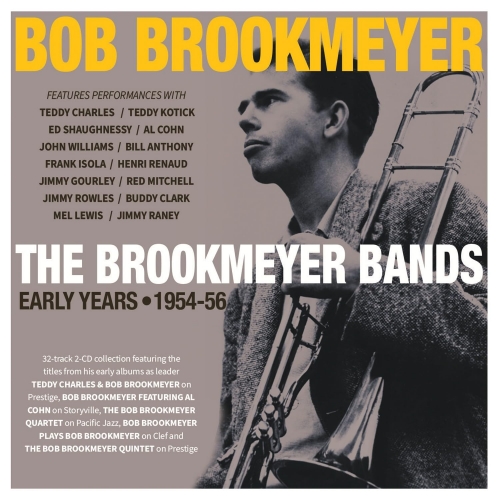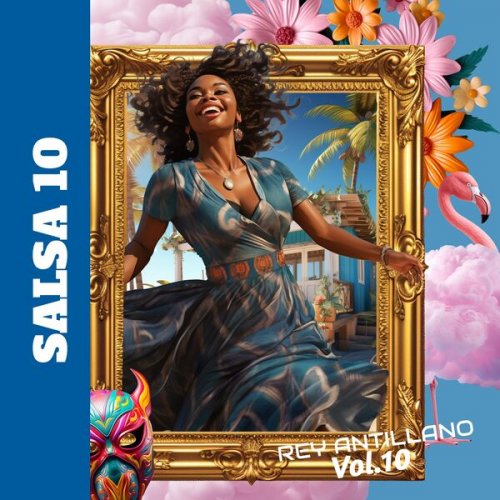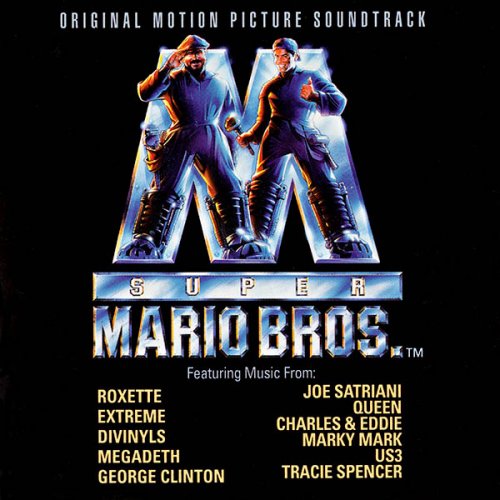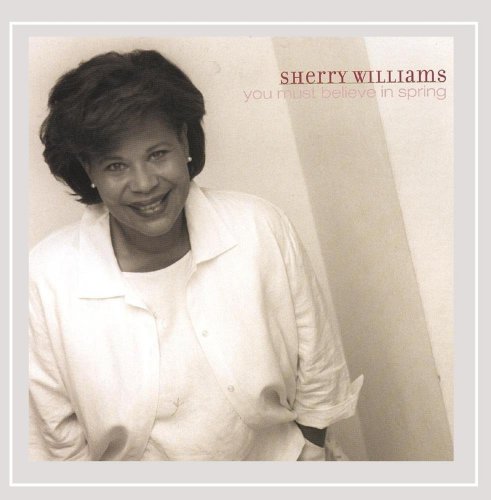Ragnarok - Ragnarok / Ragnarok Live (Reissue) (1975-76/2008)
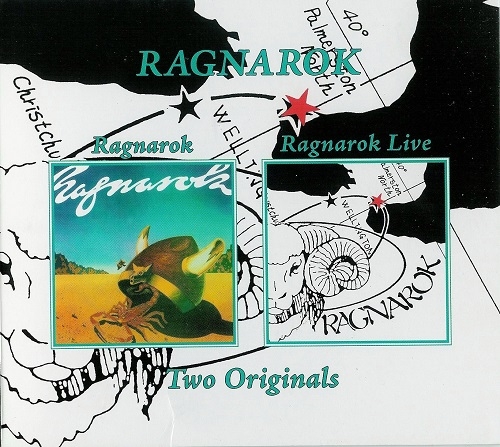
Artist: Ragnarok
Title: Ragnarok / Ragnarok Live
Year Of Release: 1975-76/2008
Label: South Side
Genre: Prog Rock
Quality: Flac (tracks, .cue, log)
Total Time: 01:26:24
Total Size: 456 Mb (scans)
WebSite: Album Preview
Title: Ragnarok / Ragnarok Live
Year Of Release: 1975-76/2008
Label: South Side
Genre: Prog Rock
Quality: Flac (tracks, .cue, log)
Total Time: 01:26:24
Total Size: 456 Mb (scans)
WebSite: Album Preview
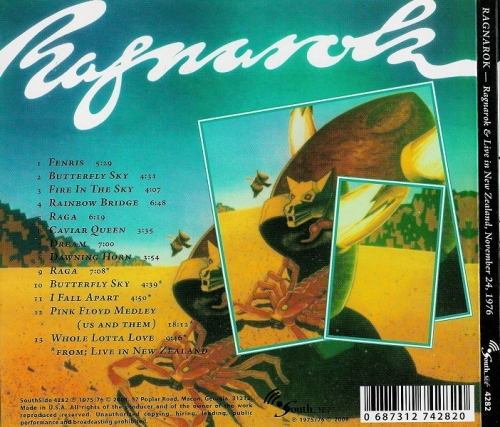
Tracklist:
1. Fenris (5:29)
2. Butterfly Sky (4:31)
3. Fire in the Sky (4:07)
4. Rainbow Bridge (6:48)
5. Raga (6:19)
6. Caviar Queen (3:35)
7. Dream (7:00)
8. Dawning Horn (3:54)
9. Raga (7:08)
10. Butterfly Sky (4:39)
11. I Fall Apart (4:50)
12. Pink Floyd Medley (Us & Them) (18:12)
13. Whole Lotta Love (9:46)
Line-up::
Andre Jayet (Drums / Synthesiser / Vocals)
Ross Muir (Bass Guitar / Synthesiser / Vocals)
Mark Jayet (Drums / Percussion / Vocals)
Ramon York (Synthesized Guitar / Vocals)
Lea Maalfrid (Vocals)
Ragnarok were formed in Auckland in 1974, out of the remnants of breweries band Sweet Feet. Andre, Ross and Mark were originally from Christchurch, where they were together in a three piece called Flying Wild at the beginning of the seventies. They then formed Sweet Feet and moved to Auckland, where they played the pub circuit. In 1974 they disbanded this group, and it was at that point they met up with Ramon York and Lea Maalfrid.
Applying glitter, dressing loud and developing a song list of Pink Floyd, Led Zeppelin and Yes, they formed Ragnarok. They quickly established themselves as being the ultimate acid band of the mid-seventies. They were right into synthesizers, where their instruments featured guitar synthesizers, keyboard synthesizers and mellotron. They all shared the vocals, but were also very fortunate to have one of the finest female vocalists around at the time, Lea Maalfrid, as a member of the group.During 1974 they had a residency at Granny’s and also appeared regularly at the ‘Buck-a-Head’ concerts, that saw them as popular as Split Enz and Dragon. In January 1975, Tommy Adderley closed Granny’s for renovations, and when he re-opened it two months later as Granny’s Rock Palace, he decided not to run with resident bands. This left the group without a regular place to play, so they decided to take to the road and toured the country extensively. They became one of the countries top draw-cards during 1975, particularly in the South Island and the provinces.In August 1975, they released a self-titled album on Revolution, that they had recorded at Eldred Stebbing’s new 16-track studio. It sold reasonably well and from it came two singles, “Fenris”/“Fire In The Sky” and “Cavier Queen”/“Born To Wander”. “Fenris” provided them with a minor hit that made the bottom reaches of the charts.At the end of 1975, Lea Maalfrid left the group to turn solo. She released one single on Atlantic in 1977 called “Pleasure Machine”/“Lavender Mountain”, before leaving for Sydney in June 1978, and then later moving to Los Angeles and London, where she gained international recognition as a songwriter.
Ragnarok continued on without Lea, and in 1976 they released a second album called “Nooks” and a single from the album, “Five New Years”/“The Fourteenth Knock”.In December 1976, Ragnarok appeared at a one-day festival at Waikino. Other headlining acts included the Country Flyers, Rockinghorse, Hello Sailor and Th’ Dudes. By this time though, Ragnarok’s cosmic rock was definitely out of favour, and their support was now wholly confined to the provinces. They had even tried a self-promoted national tour of theatres to promote their second album, but this was a failure, and the group disappeared to the east-coast of New Zealand before disbanding.
Applying glitter, dressing loud and developing a song list of Pink Floyd, Led Zeppelin and Yes, they formed Ragnarok. They quickly established themselves as being the ultimate acid band of the mid-seventies. They were right into synthesizers, where their instruments featured guitar synthesizers, keyboard synthesizers and mellotron. They all shared the vocals, but were also very fortunate to have one of the finest female vocalists around at the time, Lea Maalfrid, as a member of the group.During 1974 they had a residency at Granny’s and also appeared regularly at the ‘Buck-a-Head’ concerts, that saw them as popular as Split Enz and Dragon. In January 1975, Tommy Adderley closed Granny’s for renovations, and when he re-opened it two months later as Granny’s Rock Palace, he decided not to run with resident bands. This left the group without a regular place to play, so they decided to take to the road and toured the country extensively. They became one of the countries top draw-cards during 1975, particularly in the South Island and the provinces.In August 1975, they released a self-titled album on Revolution, that they had recorded at Eldred Stebbing’s new 16-track studio. It sold reasonably well and from it came two singles, “Fenris”/“Fire In The Sky” and “Cavier Queen”/“Born To Wander”. “Fenris” provided them with a minor hit that made the bottom reaches of the charts.At the end of 1975, Lea Maalfrid left the group to turn solo. She released one single on Atlantic in 1977 called “Pleasure Machine”/“Lavender Mountain”, before leaving for Sydney in June 1978, and then later moving to Los Angeles and London, where she gained international recognition as a songwriter.
Ragnarok continued on without Lea, and in 1976 they released a second album called “Nooks” and a single from the album, “Five New Years”/“The Fourteenth Knock”.In December 1976, Ragnarok appeared at a one-day festival at Waikino. Other headlining acts included the Country Flyers, Rockinghorse, Hello Sailor and Th’ Dudes. By this time though, Ragnarok’s cosmic rock was definitely out of favour, and their support was now wholly confined to the provinces. They had even tried a self-promoted national tour of theatres to promote their second album, but this was a failure, and the group disappeared to the east-coast of New Zealand before disbanding.
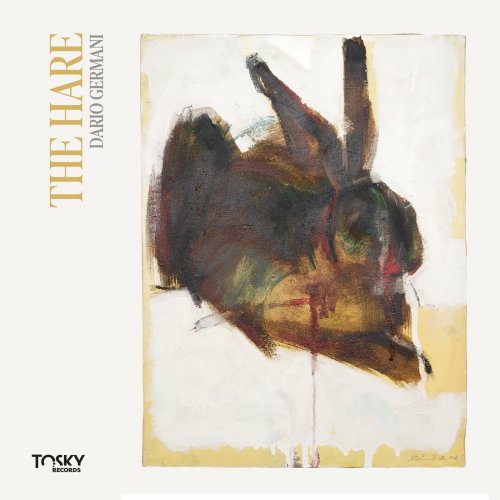
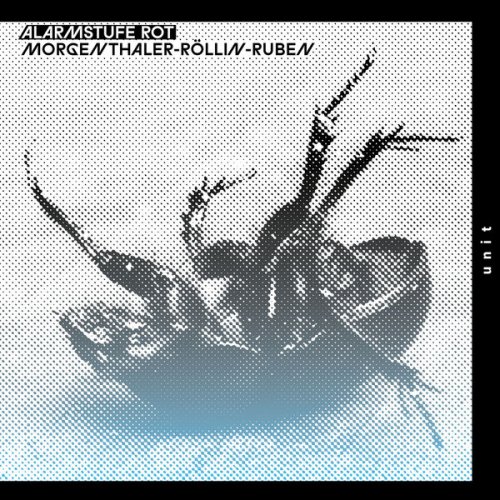
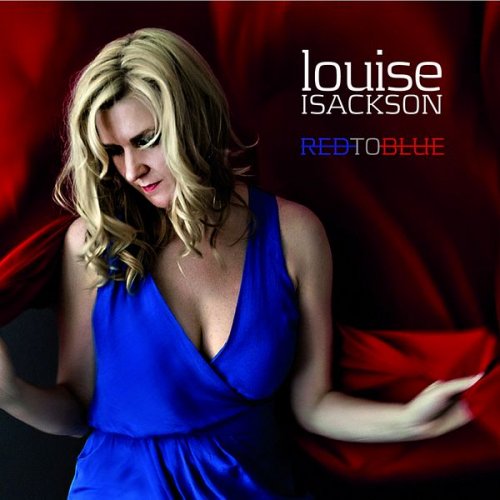

![Frank Sinatra - Christmas (Remastered) (2013) [Hi-Res] Frank Sinatra - Christmas (Remastered) (2013) [Hi-Res]](https://www.dibpic.com/uploads/posts/2025-12/1765618088_fsc500.jpg)
